From a renowned yoga family, Dr Lakshmi Andiappan (“LA”) is an experienced yoga practitioner, talented musician with medical background. She is one of very few female teachers who have made her name in the profession in India. Asana had an opportunity to discuss with her about her yoga journey and practice.
The Journey
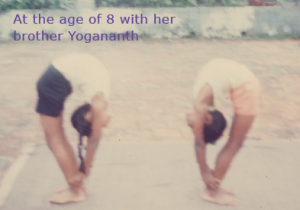 Asana: How did your yoga journey begin?
Asana: How did your yoga journey begin?
LA: I began my yoga journey very early at the age of two. I was born and raised in a yoga Ashram in a remote village in South India. Both my parents were yoga teachers. In fact, my entire family practised yoga in Thirumoolar’s Ashtanga yoga tradition. jumping castle So it was really quite an amazing experience growing up in that environment. We lived and breathed the principles of yoga.
Asana: What was your daily schedule as a kid growing up in a family of yoga practitioners in a Gurumayi ashram?
LA: We woke up early at four am. From five until six, we sang traditional Tamil songs of devotion and chanted Tamil mantras. Then, from six to seven, we practised yoga before going to school at 7:30.
After school, between 4:30 and 5:30, we studied dance in the Bharatanatyam style with a mix of yoga poses. From 5:30 to 6:30, we practised yoga again.. Then, from 6:30 to 7:30, we practised singing again. We did our homework from eight and went to bed at 9pm.
It may sound like a tight schedule but I never noticed it. My family was with me the whole time besides school where I had many school friends to keep me company. Sometimes, my school friends would come to the centre to either practise yoga or sing with me. It was fun.
Asana: Was that how you developed your musical talents?
LA: Music is very important to my family: my parents, my brother, and I are all music enthusiasts, particularly when it comes to Tamil music. Every day, my father sings Tamil songs of devotion and chants Tamil mantras. For my father, music and yoga are tied closely together, especially when it comes to pranayama, yogic breathing techniques. Prana has a number of benefits to offer musicians.
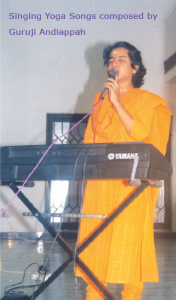 My father cultivated love and dedication for music throughout his family. To this day, he acts as the family conductor for the family orchestra. He is a very good singer tool. Other than singing, I play the keyboard, while my mother plays the violin and my brother accompanies us on mirudangam, South Indian drums.
My father cultivated love and dedication for music throughout his family. To this day, he acts as the family conductor for the family orchestra. He is a very good singer tool. Other than singing, I play the keyboard, while my mother plays the violin and my brother accompanies us on mirudangam, South Indian drums.
Whenever my family is invited to an yoga-related event, the first thing we do is sing yoga songs, songs associated with Tamil culture, and Tamil mantras. My father has been known to compose his own original music with lyrics that explain the benefits of yoga.
Public audiences in India is always interested in hearing yoga benefits in music. They love music, especially classical style. My father has been very successful at spreading the message of yoga through the medium of music. It has been an amazing experience.
The Practice
Asana: You have participated in and won a number of yoga competitions. How did you get started in competitive yoga practice?
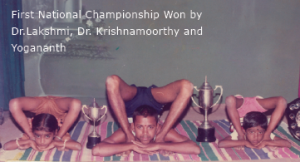 LA: Competitions are divided into age groups. I first started at four, competing in the group below five. Every year, there is a competition at the state level, national level, and international level, all meant to encourage young people to practise yoga.
LA: Competitions are divided into age groups. I first started at four, competing in the group below five. Every year, there is a competition at the state level, national level, and international level, all meant to encourage young people to practise yoga.
Although it is a competition, a great deal of learning takes place there. Wonderful teachers and amazing students from a variety of disparate lineages attend the competitions.
These competitions often introduce many new yoga postures which eventually gain popularity. Every time a competitor demonstrates a new pose, it really brings a lot of attention. People begin researching that pose, looking for its origins. Some of these poses can be found in ancient Hindu temples. So to see them during a competition is always exciting.
Competitions were a major source of encouragement for me to practise yoga as a child. I competed in various yoga competitions all over India until I got engaged.
Asana: What made you decide to study medicine? How does it relate to your yoga practice?
LA: My father, who has been practising yoga since 15, has always found it challenging to explain the medical benefits of yoga asanas to others. He does not have any formal training in medicine; hence his therapeutic study might not always be easily accepted by others, especially among the western medical practitioners.
Before I studied medicine, he collaborated with universities and colleges to research the therapeutic benefits of yoga. Of course, having a medical professional in the family makes the process much easier. So, my father encouraged me to study medicine.
We have collaborated on a number of research projects, working together to better understand the therapeutic benefits of yoga with cancer patients, AIDS patients, even people with dementia and heart diseases. By combining the study in modern medicine with traditional yoga practices, we have amazing outcomes with patients, working with local hospitals and other doctors. Having a medical background makes it easier for me to explain the therapeutic benefits of yoga to doctors and patients
I have gone onto studying for postgraduate, bachelor, master and MPhil in Yogic Science. Currently, I am doing my PhD in yoga for women’s disorders (“PCOS”).
The Lifestyle
Asana: Apart from teaching, what other yoga activities do you undertake?
LA: My first priority, of course, is my children. I am married with two boys, so I travel less these days in order to spend more time with my family. Still, I always find time for my love of yoga.
My daily schedule typically begins at five am. I practice yoga from 5:30 to 6:30. After getting my children ready for school, I teach yoga at my centre from 7:30 to 9:30. bouncy castle Between 10:00 and 12:30, I either give yoga therapy consultations or teach yoga therapy classes to patients. From two until 3:30, I write articles and plan yoga awareness programs for the weekend.
From 5:00 to 6:30, I teach more yoga classes. Then from 6:30 to 9:00, I spend as much time as possible with my children, taking care of their needs. Both of my sons are very athletic, but I encourage them to learn yoga, so that they can lead happier and healthier lives.
On the weekends, I either shoot TV programmes dealing with yoga or teach certification courses. I have a daily Tamil-language yoga TV programme that is very popular with the public.
In addition, I spend a great deal of time researching and working with patients with my father, presenting free yoga awareness programs, and participating in yoga events, presenting research papers and interacting with other yoga professionals.
The Way Forward
Asana: What are your plans for the future?
LA: For years, my father has been lobbying the government to formally recognise yoga as one of India’s cultural arts.jumping castle Recently, our prime minister announced that there would be an International Yoga Day, which has been a fantastic step in the right direction.
Other than that, I would like to see more recognition for yoga teachers, especially female yoga teachers. As you know, most well-known Indian yoga teachers are male; very few female teachers are recognised, due to our culture. I want to encourage female yoga teachers to come forward to extol the virtues of yoga.
Females experience a number of health issues, physically and emotionally, often stemming from the weight of family responsibilities. One of the best ways to prevent and alleviate these conditions is through yoga, and females can help themselves and their family members by practising yoga.
That’s why I have special programmes targeting at housewives or even college students, encouraging them to learn the benefits of yoga and to spread those benefits to their close friends and family.
I am also currently working on a few books for publishing, especially a prenatal book focusing on pregnancy complications that will be out very soon. Last year, I published a yoga DVD, dealing with yoga for pregnant women.
Basically, my future plans are to publish more articles and books to better clarify the therapeutic benefits of yoga, while pursuing a PhD. in Yogic Science, which I expect to complete in one year.
To read the full article please download our Asana Journal App or purchase Issue 155 Feb 2015.









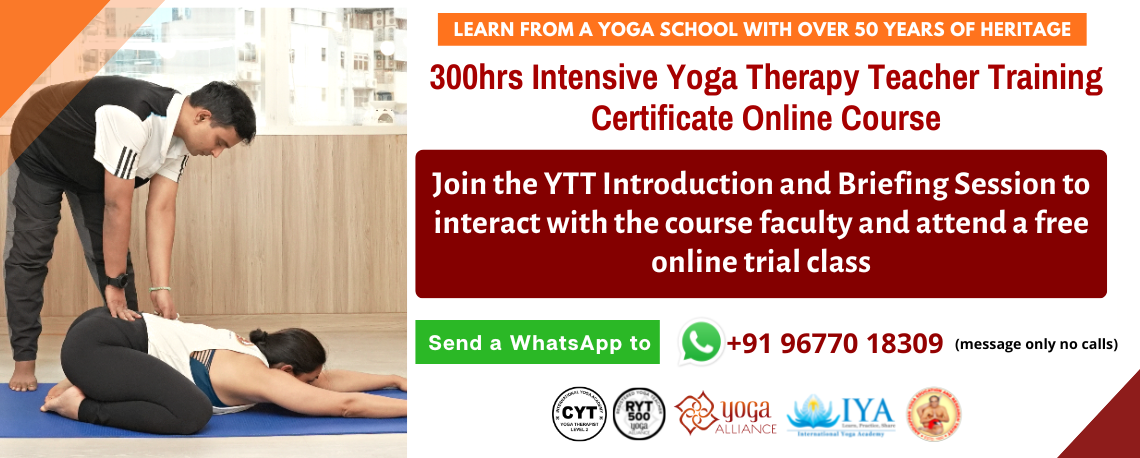




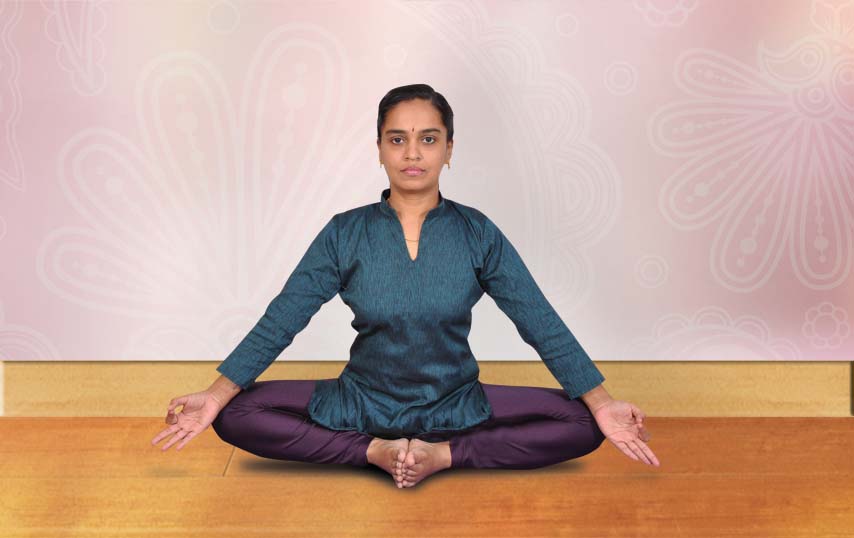
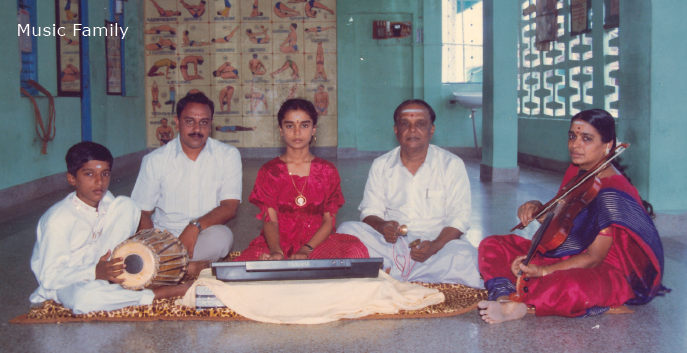
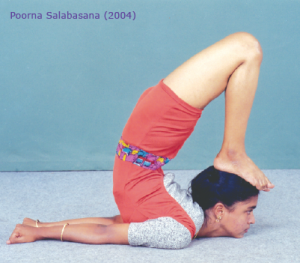
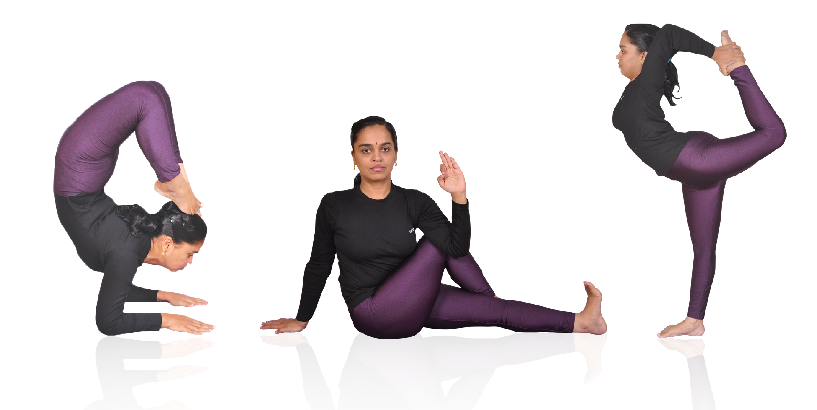





 Other
Other